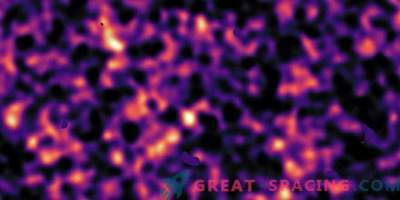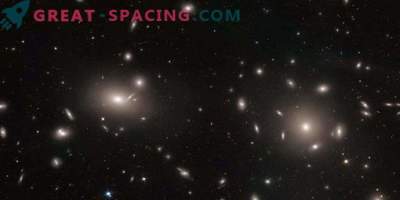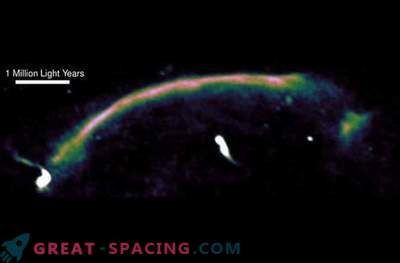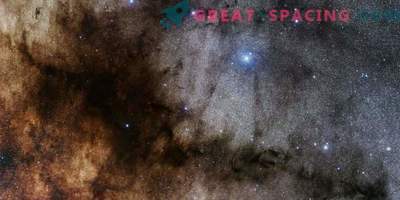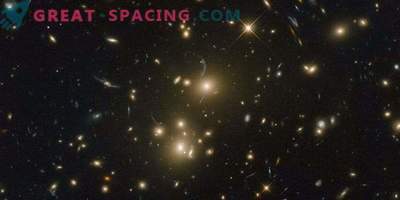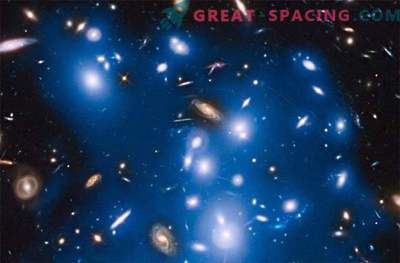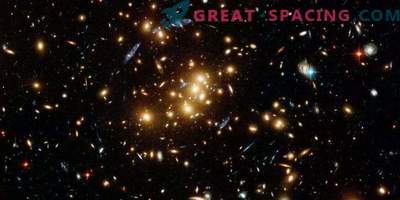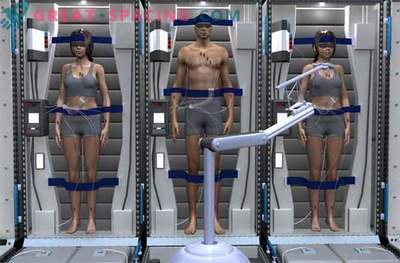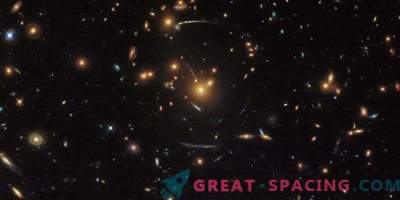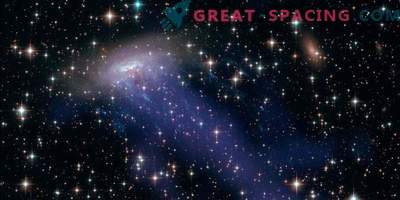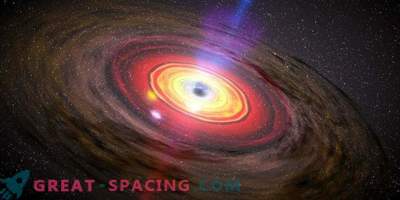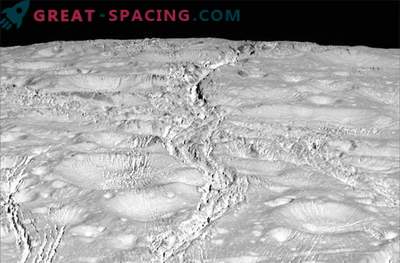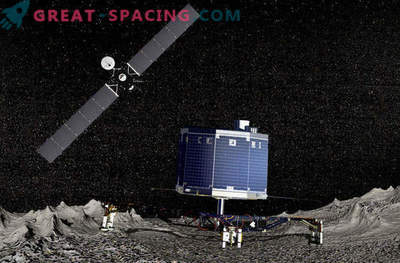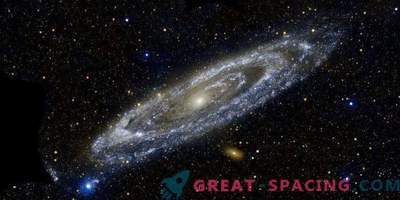
The Hubble telescope captures the massive galactic cluster Abell 2744. Before you are one of the smallest and young galaxies found in space
During the formation of galactic clusters and globular-type star clusters, the process of forced relaxation is carried out. After intensive contact, which lasted for thousands and millions of years, a period of relative gravitational balance begins. The new study decided to correct the erroneous assumptions in the process.
The fact is that the Vlasov equation implies a constant entropy in the system, that is, there is no formation entropy. This equates to the statement that the situation is symmetrical in time, because the time arrow is determined by the increase in entropy.
The relaxation process has always been analyzed by the Vlasov equation, proposed in 1931 by Anatoly Vlasov, in order to describe the kinetic processes in the plasma. If everything happened that way, then the physical fundamentals would have to be revised. Scientists suspected that something did not converge and found confirmation in the observations. It turned out that the Vlasov equation does not apply to this case at all.
Virial equilibrium
The researchers used powerful computational resources, such as simulated clusters, to prove the assumption. Simulations have shown that entropy is growing, but there is another conclusion: in the period of entropy growth in the long term, there is a fluctuation at the beginning of the relaxation process.
It seems that this is contrary to the general knowledge of entropy, which should always increase. It turns out that with prolonged examination it increases, it just does not do it all the time. Due to the huge volume of gravitational contacts between objects, correlations are established, and they determine the oscillatory character at the initial stage.
It can be assumed that entropy has two aspects: one number appears chaotic and is associated with the second law of thermodynamics (ordinary entropy), and the second appears from correlations.
It is easier to disassemble the problem on the example of a cluster of 1000 stars or galaxies, limited to a specific volume. Initially, they are endowed with zero speed, but due to the gravitational contact they attract the others, carrying out variable compression and expansion. This leads to fluctuations in entropy. The process will continue until the entire system arrives at relative equilibrium. In the 19th century, the term “virial equilibrium” was invented for this. Galactic clusters and spherical stellar interact with the whole space, but here they can be considered as closed non-dissipative systems (the total energy does not go out into the external environment, but is saved). That is, entropy fluctuations should be considered as an internal process that does not affect the exchange of energy with the medium.
Methodology
Gravitational contact between celestial bodies (galaxies or stars) is described by Newton's law of the world, published 330 years ago. Mathematically, the problem is solved easily, but the analytical solution does not work in systems with thousands and millions of bodies. This is where the need arises for complex numerical modeling.
These methods created an astronomer from Norway Sverre Aarset. Such simulations require tremendous computer power, so you have to use clusters of graphics processors. Now Aarset programs effectively and reliably cope with the problem. Scientists compared the results with data from other cosmological programs, and obtained correspondence.
